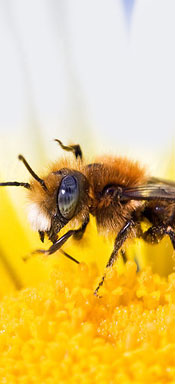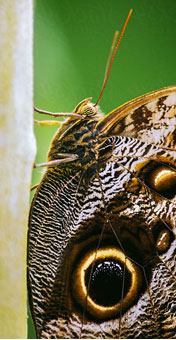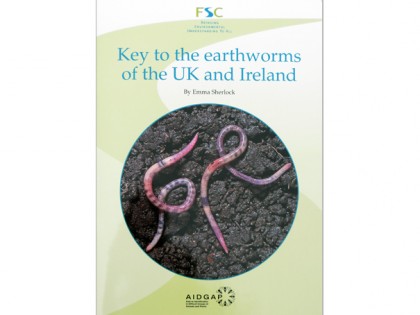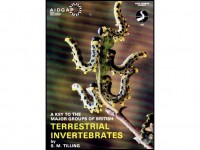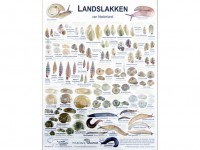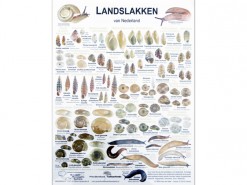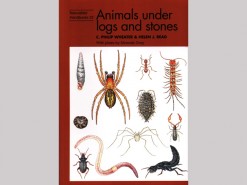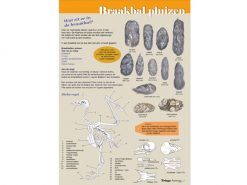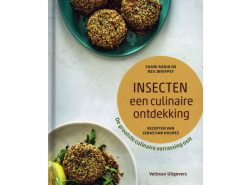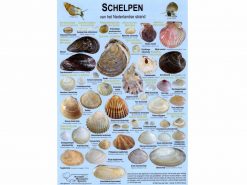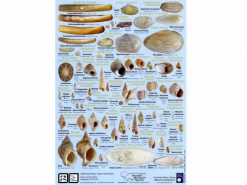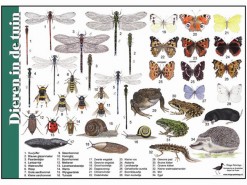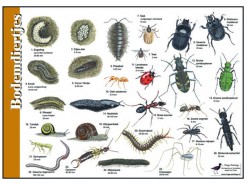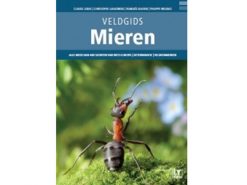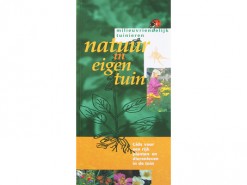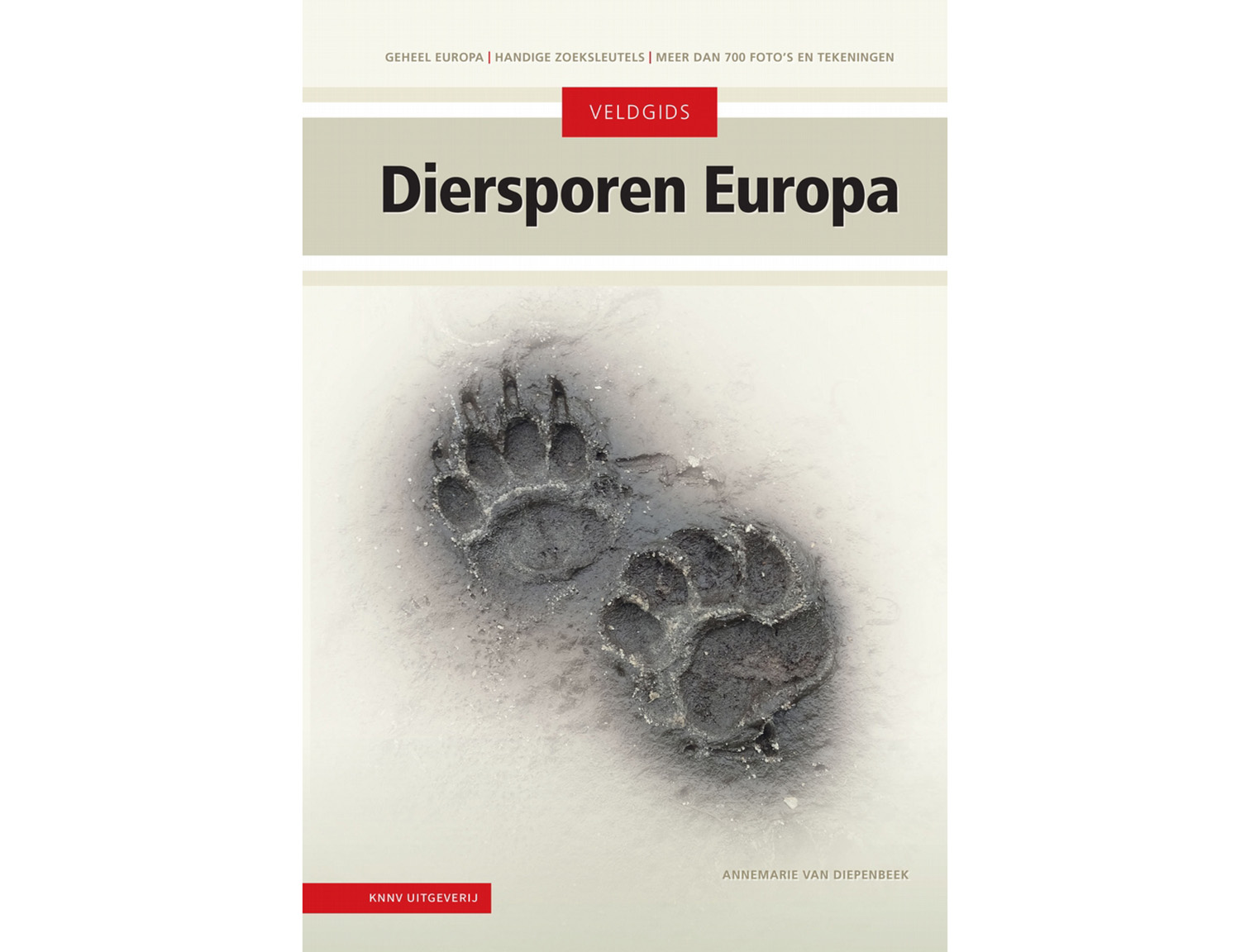by Emma Sherlock.
Een uitstekend determinatiewerk om alle 27 soorten op naam te brengen.
Voorzien van een prima determinatie-tabel en prachtige detail-foto’s die het determineren eenvoudig maken.
Extra info over alle soorten.
FSC Earthworms AIDGAP covers all the species of earthworms found living freely in the UK and Ireland.
Since publication of the First Edition in 2012, there has been an explosion of interest in earthworms, with many more people actively recording earthworms and submitting records to the National Scheme.
The Second Edition is twice as long as the First Edition and includes several new features:
- Extra key to earthworms found in artificial environments (such as heated greenhouses)
- New guidance on earthworm dissection and internal anatomy
- Expanded introductory section on earthworm ecology and biology
- Many new photographs within the Species Accounts taken especially for this guide, including lots of photos of live specimens
- New line drawings of the tubercula pubertatis for all species where this character is present
- Updates to distribution and status information for each species in the light of new data
Earthworms are animals in the phylum Annelida, class Clitellata and subclass Oligochaeta. Class Clitellata consists of the two subclasses Hirudinea (leeches) and Oligochaeta. Both are segmented worms which possess a clitellum, or saddle. So leeches are the closest living relatives to earthworms. However earthworms have very different feeding structures, and a number of different internal features too.
Earthworms work as ecosystem engineers. Firstly their burrowing improves soil aeration and drainage. They can ameliorate the effects of intense rainfall by digging more burrows, thus allowing water to dissipate more rapidly. Secondly soil gut passage enhances soil crumb structure and nutrient availability for other organisms. Thirdly when earthworms pull dead organic matter into their burrows, they increase nutrient availability, especially lower in the soil profile.


